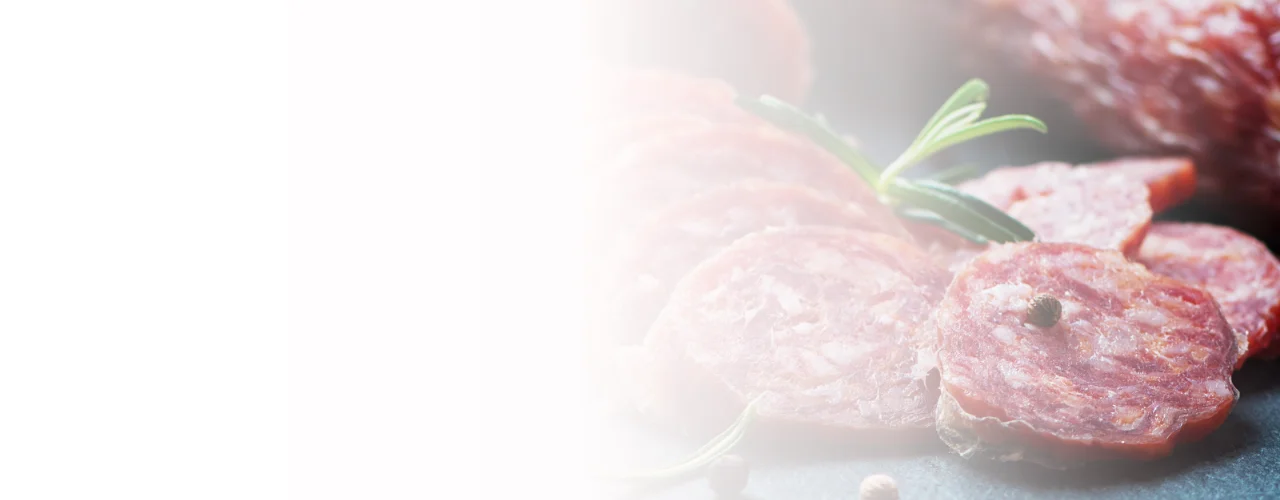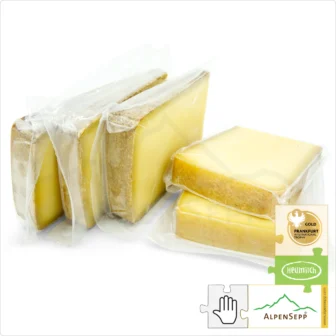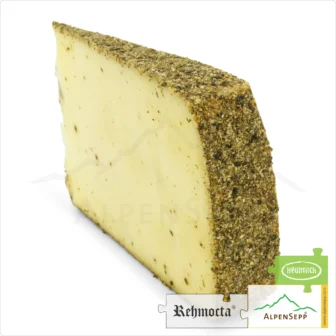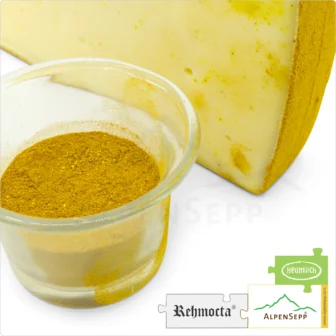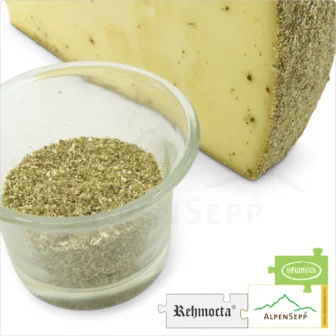News
EU milk quota regulation ends on 1 April 2015
Abolition of EU milk quota since 1 April 2015
Background to the milkCheese milk is the milk intended for the production of cheese, also with the concomitant use of buttermilk products, cream products, sweet whey, sour whey and whey cream (whey cream) » More info quota system: In 1984 the EC Council of Ministers decided to introduce the milk quota. This was due to the high stocks of butter and milk powder produced in the EU through years of milk surpluses. This system, together with other market interventions, helped to control overproduction in Austria and Europe. Although this did not result in an optimal price development for milk producers, it did improve it. As part of the EU agricultural reform, this milk quota regulation will now be abolished from 1 April 2015.

Why does the milk quota end?
Around 20 of the 28 EU member states do not produce as much milk as is available to them in their national quotas. This meant that they only had the bureaucracy of quota administration without a market economy effect. Years ago, the EU decided by a large majority to abolish this system.
Dairy farmers are now again exposed to the free market for supply and demand.
This “old and new” situation is assessed differently by many milk producers. Excited discussions were the result. What everyone now has to face, what risks and opportunities arise, will not only decide the future, but also the purchasing behaviour of consumers.
Freedom in milk and dairy products
But maybe you could see the whole thing in a completely different way. For example, could the end of the milk quota system mean more entrepreneurial freedom to decide on the quantities of milk and derived products to be produced? Perhaps there will be more cooperative alliances of farmers focusing on premium qualityDetecting cheese defects and quality - on the cheese dough. Recognizing cheese defects requires some practice. » More info products with special marketing? Perhaps more responsibility for the development of quality products in niches that are not so dependent on fluctuations in milk producer prices would also mean new opportunities?
The liberalisation of the milk market will probably celebrate industrial milk production in particular. This large dairy industry is certainly not uninterested in pushing the expansion of its business abroad through price suppression in the domestic market and exports.
In derStandard.at you could read about it for Austria (quote):
Austria has strongly expanded milk production in recent years. According to Agrarmarkt Austria, the self-sufficiency rate for consumer milk rose from just over one hundred percent in the 1990s to 167 percent in 2013. Milk prices for farmers have fallen by almost 20 percent since the previous year. In Styria alone, the three large processing cooperatives (Berglandmilch, Obersteirische Molkerei and Ennstalmilch) have invested almost 100 million euros in processing, according to Kleiner Zeitung.
Overproduction
Such additional quantities are to be exported, which proves to be more difficult than imagined at the desk. Increasing exports is the declared goal of a number of other EU states, especially Germany. The Russian market of hope is blocked by the Putin embargo. Now everything is focused on China. Agriculture Minister Andrä Rupprechter (ÖVP), who was recently in the country of the centre, sees booming opportunities for milk and cheese: China will “suck milk from Europe”, he said. But exports to China are not likely to be a bad thing: China has set up its own structures, and New Zealand dairies in particular have discovered the Chinese market for themselves.
High quality
It is the quality argument with which the industry in Austria wants to score against the competition. After all, 48 percent of milk is already exported as cheese or yoghurt. The company has achieved a very good position, explained Hermann Schultes (ÖVP), President of the Austrian Chamber of Agriculture, recently. He refers to GM-free feeding, high hygiene standards and no antibiotics.
Expensive standards
It is precisely these – expensive – standards that could be at risk in a liberalised market that ticks almost exclusively over price. Green agricultural spokesman Wolfgang Pirklhuber fears this. “The dairy industry wants milk as a cheap raw material. We want to see milk produced where it makes sense: in mountainThe Vorarlberger Bergkäse (mountain cheese) is a regional cheese specialty from the Austrian province Vorarlberg. » More info regions, on permanent grassland in grassland regions, but not in concrete halls near ports with imported soy fodder from Latin America and the USA,” he says sharply in a broadcast.
Endangered alpine pasture management
Elisabeth Köstinger, a member of the Austrian People’s Party (ÖVP) and EU member of parliament, is concerned about mountain pastureHere in Austria, we call our fresh, natural milk for our cheese production hay milk (hay mild standard) - in Germany it is different. » More info management. In Austria, 88 percent of cow’s milk is produced in disadvantaged regions such as mountain regions, and this must remain the case even after the quota expires. Negative effects for dairy farmers should therefore be cushioned, Rupprechter said. The focus here is on support for farms in mountain pasture regions and other disadvantaged areas.
As in previous years, farmers will have to pay again this year for the milk delivered in excess of the quota by April. A fine of 40 to 42 million euros is expected.
Thoughts on milk quality, quality and consumer behaviour
- More milk yield means more concentrated feed, changed husbandry conditions and perhaps lower milk quality – we consumers should be aware of this and we should question it.
- Only the best Alpine hay milkHay milk comes from cows that are fed exclusively with fresh grassland feed, hay and little grain. » More info is used for the best cheese. Our cheeses are natural products of the highest quality. Cheap bulk milk does not lead to the desired cheese experience.
- The Vorarlberg dairy industry has already upgraded its quality in recent years and generally focuses on specialities instead of mass. Our dairies and alpine dairies will continue to focus increasingly on positioning themselves even better in the regional and European speciality markets (source: Landwirtschaftskammer Vorarlberg).
- “The abolition of quantitative restrictions will also put more pressure on the regional milk market. The price war will increase. Almost half of our farming families are active in the milk segment. They are concerned about the existence of their farms. (Source: Vorarlberg Chamber of Agriculture)
- For Vorarlberg it is about maintaining an important economic sector, preserving the diversity of milk and cheese specialities and maintaining the management of our Alps and grasslands. (Source: Vorarlberg Chamber of Agriculture)
Interesting links on the subject of milk and milk quality
- AMA.at – MARKET INFORMATION – Milk and dairy products
- afema-ev.de – Stögmüller – Influences on feeding on milk quality pdf
- heumilchSince 2004, ARGE Heumilch Österreich has been bringing together around 8,000 hay-milk farmers and more than 60 dairies. » More info.at – Influence of silage on milk pdf
Our cheeses from the fresh Alps Hay milk
Rehmocta® cheese
Rehmocta® cheese
EDITION












